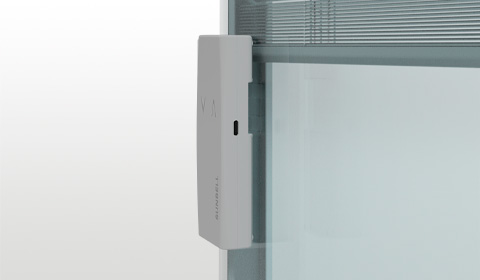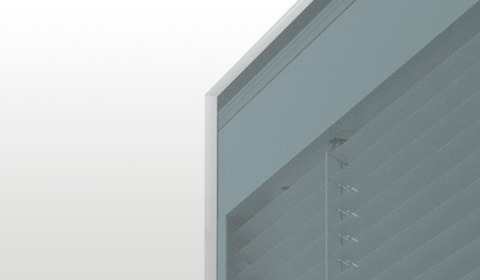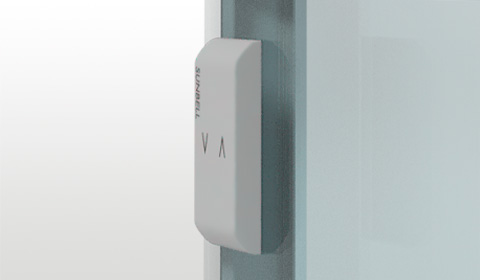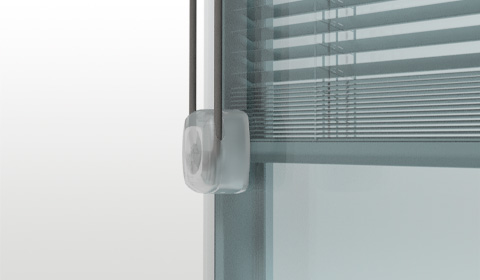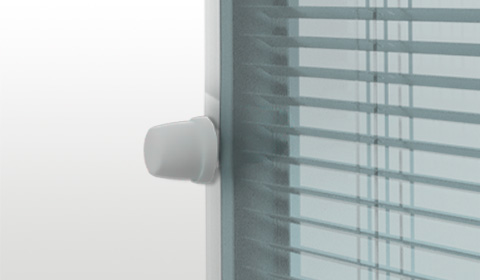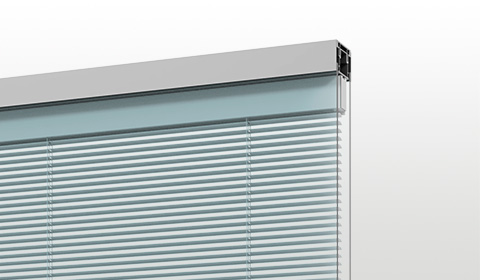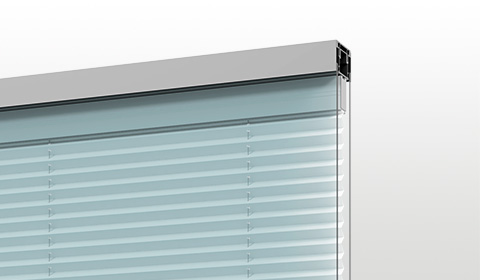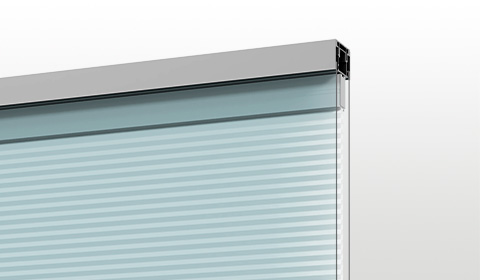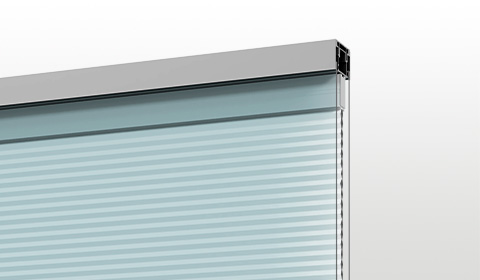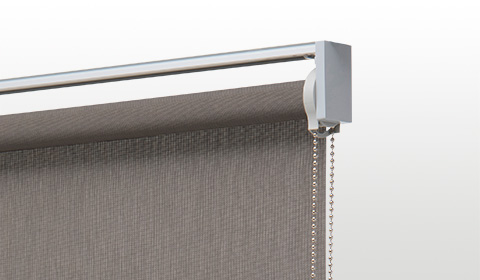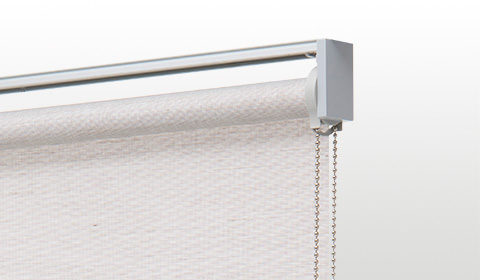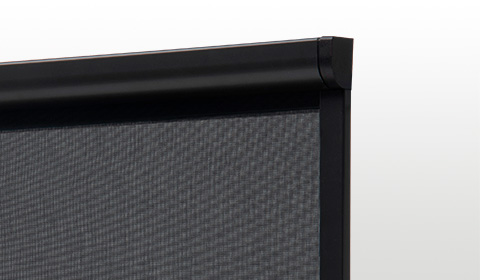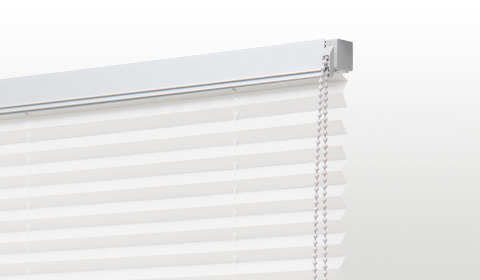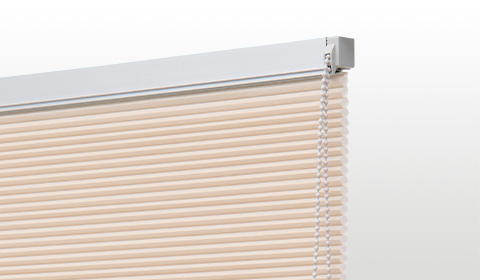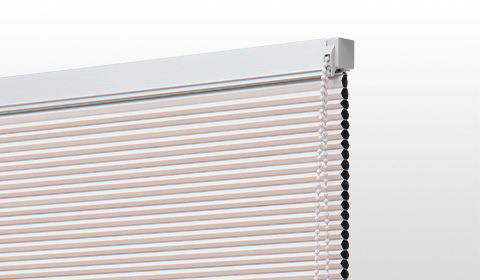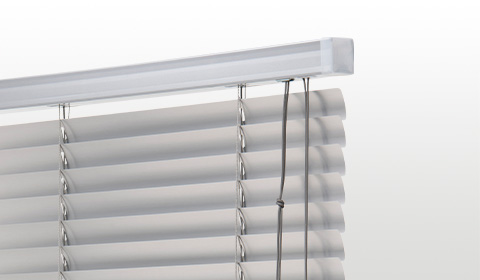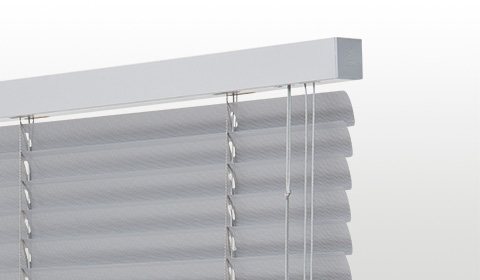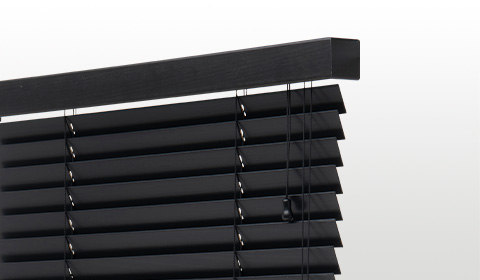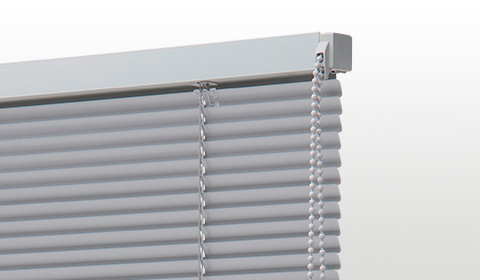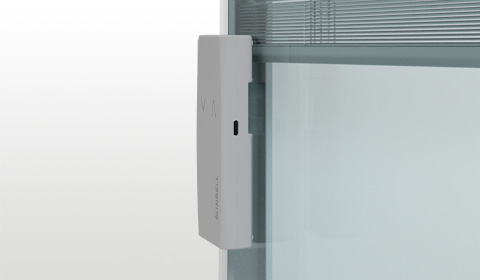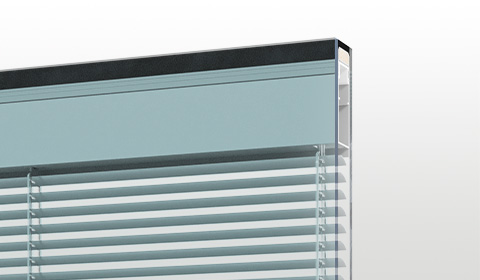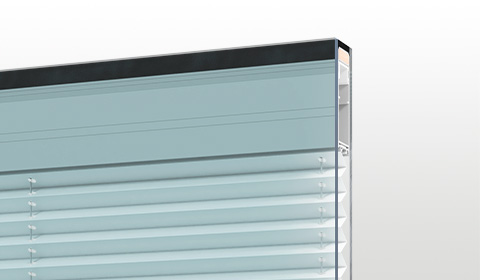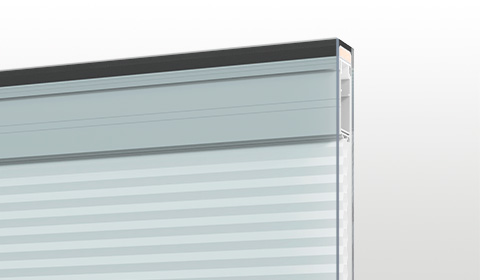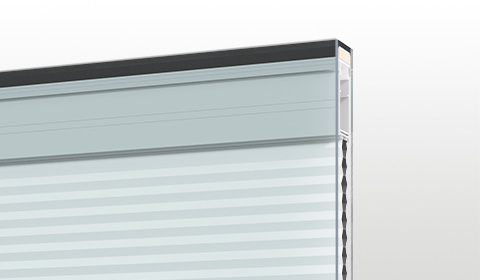The pandemic has everyone wondering what future scenarios will be and how to deal with the post-Covid ‘new normal’ that awaits us.
The interior design sector is no exception, and many designers and architects have been wondering how to guarantee spaces capable of ensuring physical and mental wellbeing in those who live in them.
First of all, we need to understand what are the emerging needs, interpreting the situations that have arisen during the isolation and turning them into future visions that can be put into practice.
The difficulties and obstacles faced during lockdown can be an interesting starting point in the search for solutions to make the best of this ‘new normal’
Designers and architects will have to explore ideas to create design scenarios where people can enjoy comfortable living over the long term.
Let’s take a look at some interesting ideas from the London Architect@Work Digital Summit 2021 and from a questionnaire produced by CI.Lab, the research laboratory of the Design Department of the Politecnico di Milano, which produced the Report “Casa chiama Mondo. Scenari di progetto per la casa post pandemia” (“Home Bridges the World. Promising Domestic Scenarios in response to the Covid Crisis”).
Design for wellness
What emerges is that everyone agrees on the indispensability of living well and on the “increasingly strong conviction that creativity is an inescapable keyword for recovery”.
We can no longer find ourselves in a situation where the ‘new normal’ is a trap composed of obstacles to be overcome and, beyond masks, plexiglass and social distance, we need design to support what really matters in everyday life.
As far as interior design is concerned, every decision made by designers and architects will have an even stronger impact on people’s physical and mental health.
It is now clear that we will no longer be returning to the life we knew before the pandemic and it is time to understand how this new normal will take shape in interior design and what improvements can be made.
Prioritising light and enhancing outdoor spaces
Many interesting ideas emerged from the panels held during the London Architect@Work Digital Summit 2021, but there were mainly two points on which the designers seemed to agree: light and open spaces.
As we have already reported in this article, during the lockdown it became clear how living and working in optimal lighting conditions was important for our health.
For the ‘new normal’, interior design must be planned with lighting as a priority.
In the very early stages of design, light must be a consideration, from where the building is positioned to how it is oriented, right down to the smallest details.
The entry of natural light into spaces, properly managed, must be a key aspect of any project, as must the assessment of suitable windows and coverings to achieve this purpose.
Another aspect that should not be underestimated is open space, which should be made even more pleasant, usable and hygienic.
Especially in densely populated areas, outdoor areas should be a safe and useful meeting place for the community, possibly with:
- use of sustainable and ethical materials;
- awareness of wildlife;
- emphasis on views;
- addition of sheltered areas for use in the rain.
Having said that, let’s assess in more detail what emerged, however, from the report of the CI.Lab of the Politecnico di Milano, with a questionnaire that collected information from 23 April to 4 May 2020, from a sample of 337 people (290 living in Italy, 47 in different parts of the world).
Working from home: solutions and ideas
During lockdown, the home was the place where we carried out all our activities, including work.
Working from home has confronted us with a number of difficulties, such as conflicts between work and parenthood and boundaries between professional and private life.
Everyone tried to find their own solution to adapt to the new situation and the questionnaire reported that in this case, two types of needs emerged:
- tangible, due to the characteristics of the workspace;
- intangible, related to relationships with colleagues and cohabitants.
In this case, interior design can be supportive with products and furniture with professional features and a visual language (shapes, materials and colours) of the domestic world, as well as providing options to isolate oneself from the rest of the house (visually and acoustically) according to various needs.
Three opportunities to consider are:
- Modular work islands, solutions capable of combining space and furnishings, adapting to different home environments, such as the living room, bedroom, kitchen and even the balcony;
- Design options for dividing spaces, because furniture can have additional functions to separate, combine, isolate or connect different domestic spaces;
- Valuable supports for maintaining contact with colleagues both physically, securely, and virtually, through the integration of smart home systems and immersive experience technology.
Entertainment at home
From hobbies to online social activities, entertainment during lockdown has changed dramatically. Not being able to go to the cinema, to restaurants or to practise sports, we had to organise ourselves differently.
In the new normal, interior design must find a good mix between digital connection and physical interaction.
The surfaces of the home could be the point of contact of an integrated intelligent system, transforming the room into a device for the entertainment experience through walls, floor and furniture.
For hobbies, it would be very useful to design a specific space dedicated to do-it-yourself activities, either private in the home or shared with neighbours, equipped with all the necessary technology.
Keeping viruses out of the home
This is one of the key points of what people will want in the new normal: to keep dangerous viruses out of the house.
From the report’s data, there emerged three main problems related to:
protection of the home:
- disinfection of the entrance and the person;
- creating specific areas for the quarantine of objects and clothes;
- avoiding leaving the house frequently.
A “protection system” will be needed so that:
- no dangerous viruses enter the house, carried by people or objects;
- a high standard of hygiene is easily maintained in the home;
- we are supported in preparing to leave the house, e.g. by reminding us to take a mask;
- it is possible to live in two environments in the same domestic space if a family member needs to be isolated.
To create a safe entry and exit space, designers and architects must redesign the entrances to homes so that they have a safety protocol, which as a “welcome ritual” shared with guests reminds them to remove their shoes and wash their hands immediately, and is provided with a fever monitoring and disinfection system.
Conclusion
These are just some of the interesting points that came out of the panel discussions and the report; of course, the discussion of how interior design can help in dealing with the new post-Covid normality is much broader.
It goes from home ventilation systems to the need for sharing and support between neighbours in the community where one lives.
The pandemic is accelerating changes that were already underway, and which have become a necessity to develop new products, services and systems capable of making designs a reality in the immediate future.


